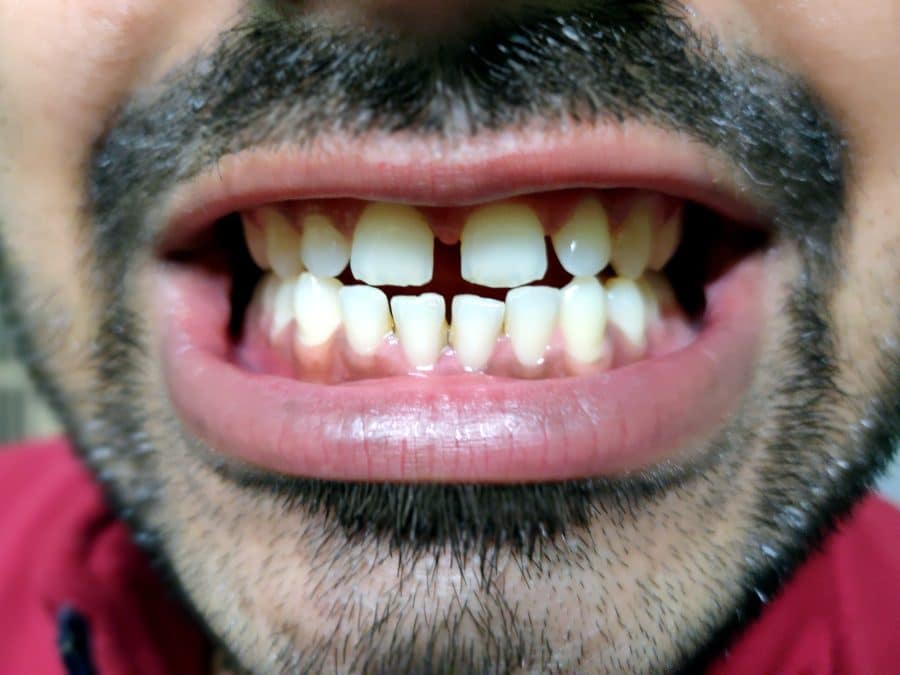Most people are familiar with common dental issues, such as tooth decay, gum disease, and cavities. However, one aspect that often slips under the radar is the issue of teeth gaps. They may seem like nothing more than a cosmetic concern, but they have hidden dangers you may not know about.
Therefore, seeking help from a cosmetic dentist is crucial to preventing serious problems over time. Understand that there's more to it than just aesthetics. Below are some of the less obvious hazards associated with teeth gaps:
1. Increased Risk Of Tooth Damage
Gaps between teeth pose an often-overlooked hazard: the increased risk of damage to the adjacent teeth. Teeth that would typically be shielded and supported by their neighbors become more exposed and vulnerable.
The support neighboring teeth provide is fundamental for maintaining stability. Under normal circumstances, each tooth is held in place by its neighbors. However, when a gap exists, the support system is disrupted. This disruption may result in the teeth next to the gap becoming loose over time. The lack of support also increases the likelihood of these teeth shifting out of position, raising the risk of loosening.
Moreover, without the protection of neighboring teeth, such teeth become more susceptible to physical damage. It could include cracks or fractures, especially when consuming hard or crunchy foods. If not addressed promptly, such damage could lead to discomfort, sensitivity, and potentially serious complications like infections or abscesses.
The increased exposure to bacteria and plaque accumulation may also result in the development of cavities in these teeth. The gap provides a larger surface area for plaque to develop, placing the adjacent teeth at a higher risk of decay, which can cause additional tooth damage.
To counteract these risks, it's essential to maintain regular dental checkups and follow recommended oral hygiene practices. The right attention and care can also effectively manage these potential dangers.
2. Speech Impediment Development
It may surprise many that dental problems like tooth gaps can directly influence speech. The alignment and spacing of your teeth are instrumental in your ability to articulate sounds and words clearly. When you have teeth gaps, these may affect articulation, leading to potential speech impediments.
Your teeth, particularly the front ones, are crucial for pronouncing several sounds in the English language. When gaps are present, especially between the front teeth, sounds that require the tongue to touch or be near the teeth can become distorted.
For instance, the 's' sound, technically a sibilant consonant, involves the tongue directing air toward the teeth. If a gap exists, this can alter the direction of the airflow, causing a lisp or other speech distortion. Similarly, sounds like 'f' and 'v,' which require the lower lip and upper teeth to interact, can be affected by teeth gaps.
Such challenges with pronunciation can result in speech impediments, affecting a person's confidence and communication skills. These impediments may even cause social anxiety and self-esteem issues in severe cases.
Notably, speech therapy, along with dental interventions, can be a significant help in overcoming these issues. With the proper guidance from professionals like speech therapists and cosmetic dentists, these speech impediments can be managed effectively, ensuring clear and confident communication.
3. Risk Of Gum Disease
Another potential danger of teeth gaps is the development of gum disease. It's a serious condition that can escalate if left untreated. Surprisingly, gaps in teeth can contribute to this condition by providing a conducive environment for harmful bacteria to multiply, thus significantly increasing the risk of gum disease.
Gaps between teeth offer additional spaces where bacteria can lodge and grow. These bacteria then combine with food particles and saliva to form dental plaque, a sticky biofilm that adheres to the surfaces of teeth. If this plaque isn't thoroughly removed through regular and effective brushing and flossing, it can harden into tartar, a more robust substance contributing to gum disease.
Initially, the disease may present as gingivitis, the earliest and mildest form of gum disease. This condition is characterized by red, swollen gums that may bleed easily during brushing or flossing.
While gingivitis can often be reversed with improved oral hygiene and professional dental cleaning 1https://www.forbes.com/health/body/what-is-dental-cleaning/, if neglected, it can develop into a more severe form of gum disease known as periodontitis. It's a serious infection that damages the soft tissue and bone that support teeth. It can lead to the loosening of teeth or even result in tooth loss.
As a preventive measure, regular dental checkups are critical. Dental professionals can help detect and address the early signs of gum disease.
Conclusion
Understanding the potential dangers of tooth gaps can pave the way to better oral health. It's not just about having a radiant smile; it's also about preserving your overall health. After all, every body part is interconnected, and oral health plays a crucial role in this intricate system.
So, the best approach is to seek timely professional help. Regular visits to a dentist may also assist in detecting and addressing these gaps early on before they develop into more severe issues.

Isreal olabanji a dental assistant and public health professionals and has years of experience in assisting the dentist with all sorts of dental issues.
We regularly post timely and trustworthy medical information and news on Fitness, Dental care, Recipes, Child health, obstetrics, and more.
Additional resources and citations
- 1https://www.forbes.com/health/body/what-is-dental-cleaning/
The content is intended to augment, not replace, information provided by your clinician. It is not intended nor implied to be a substitute for professional medical advice. Reading this information does not create or replace a doctor-patient relationship or consultation. If required, please contact your doctor or other health care provider to assist you to interpret any of this information, or in applying the information to your individual needs.


